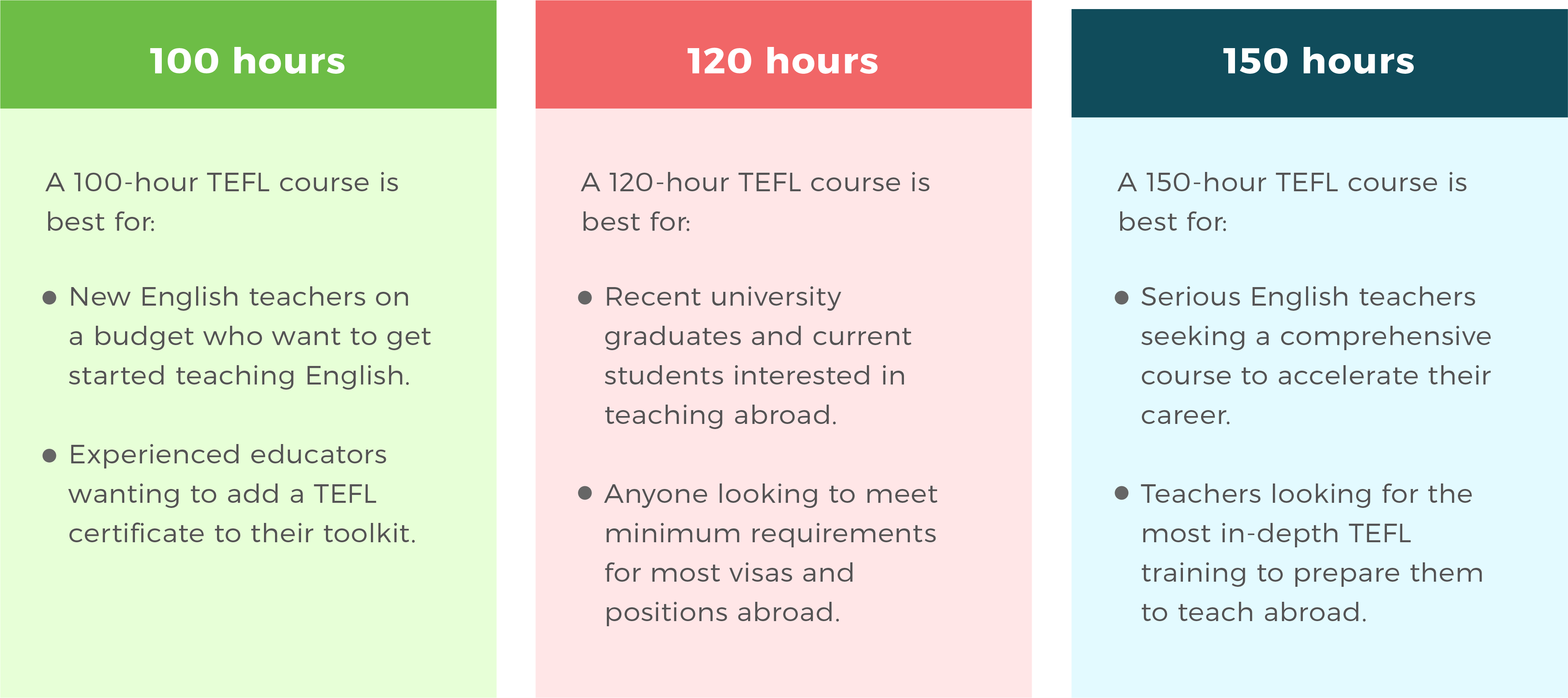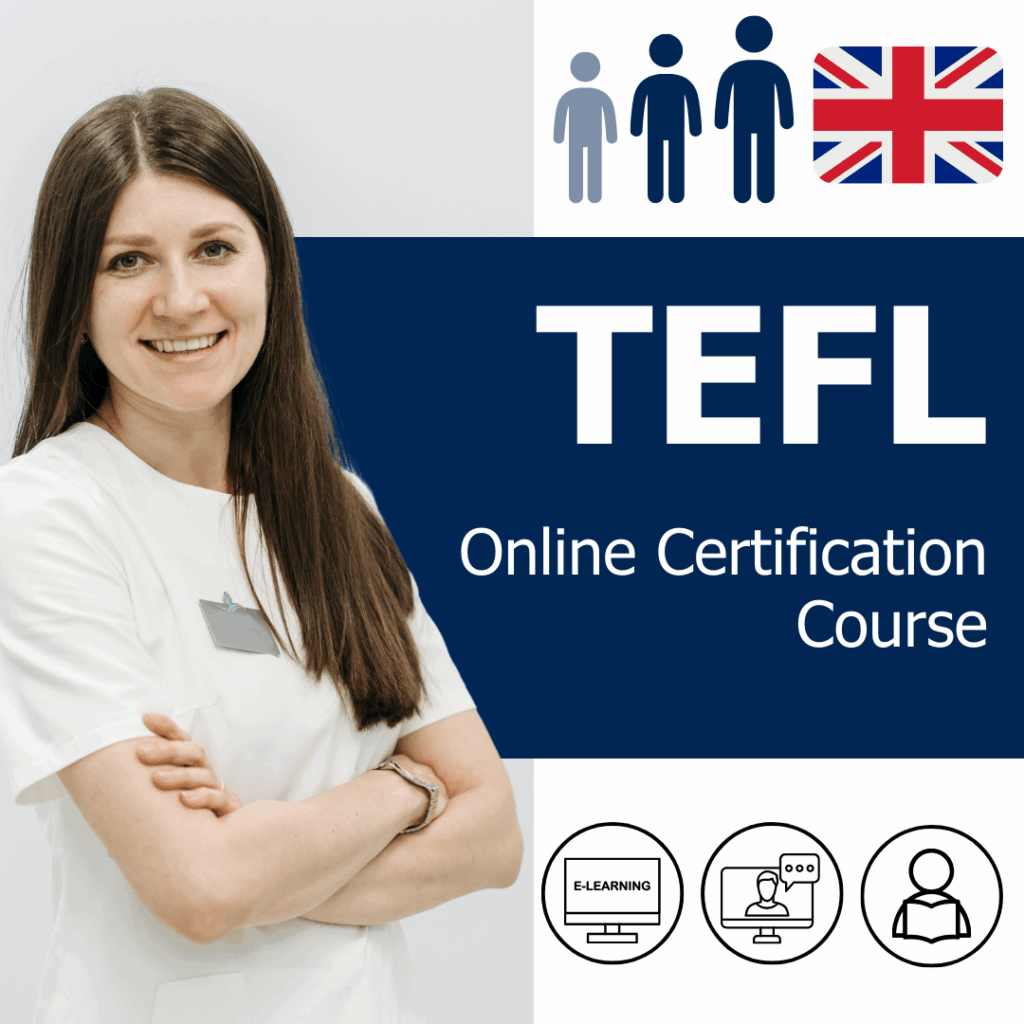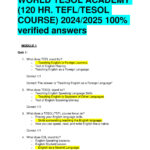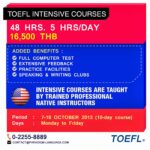I remember staring at my reflection in the office window, the city lights blurring into a predictable pattern behind me. Another Tuesday, another spreadsheet. My cubicle felt smaller each day, and the whisper of "Is this all there is?" was growing into a shout. Friends were jetting off, sharing vibrant photos from places I’d only seen on postcards. I craved that kind of adventure, that spark, but how? I wasn’t a digital nomad with a coding degree, nor did I have a trust fund. I just had a burning desire for something more.
Then, one evening, while scrolling through travel blogs, I stumbled upon it: TEFL. Teaching English as a Foreign Language. The idea was simple, yet profound. Get certified, and suddenly, a passport to the world could be within reach. My initial reaction was a mix of excitement and skepticism. Could I teach? I hadn’t taught anything beyond explaining how to use a coffee machine. But the seed was planted, and it began to grow.
The Seeds of Change: Why TEFL?
My motivations were pretty straightforward. First, I wanted to travel, not just as a tourist, but to truly live somewhere new, to immerse myself. Teaching seemed like a fantastic way to do that, offering a purpose beyond sightseeing. Second, I was genuinely curious about other cultures. I wanted to meet people, understand different ways of life, and contribute in some small way. Third, and perhaps most importantly, I needed a change. A big one. The thought of a structured course, a clear goal, felt incredibly appealing after years of feeling adrift in my career.
I spent weeks researching. What is a TEFL course, really? What do you learn? Is it hard? The internet offered a dizzying array of options: online, in-person, 120 hours, 150 hours, different accreditations. It felt a bit like trying to navigate a foreign city without a map. But the more I read, the more I felt a pull. This wasn’t just about getting a piece of paper; it was about gaining a practical skill that could open doors I hadn’t even known existed.
Stepping into the Unknown: What Even Is a TEFL Course?
Before I enrolled, my understanding of TEFL was pretty hazy. I pictured myself standing in front of a class, perhaps pointing at pictures of cats and dogs. I thought it was just for native speakers who naturally knew English. Oh, how wrong I was!
A TEFL course, I quickly learned, is a dedicated training program that equips you with the fundamental skills and knowledge needed to teach English to non-native speakers. It’s not about knowing English; it’s about knowing how to teach English. This distinction was a revelation. It delves into the methodology, the grammar structures you probably take for granted, classroom management, lesson planning, and even a bit of language acquisition theory. It’s designed to transform enthusiastic but inexperienced individuals into competent and confident English language instructors.
I opted for an intensive, in-person course. The idea of being in a physical classroom, interacting with instructors and fellow students, felt more aligned with my learning style. Plus, the thought of real, supervised teaching practice was both terrifying and exciting.
The Immersion Begins: What You Actually Learn
From day one, the course was a whirlwind. It was challenging, exhilarating, and at times, utterly baffling. Here’s a glimpse into the kind of things we dove into:
-
Grammar, Grammar, Grammar: Oh boy. I thought I knew English grammar. Turns out, I knew how to use it, but not how to explain it. Suddenly, "present perfect continuous" wasn’t just a scary phrase from my school days; it was a concept I was learning to break down, explain, and make accessible to someone who’d never encountered it before. We analyzed sentence structures, verb tenses, parts of speech – everything from the ground up. It was like learning the hidden mechanics of my own language.
-
Teaching Methodologies: This was fascinating. We explored different approaches to teaching, like the Communicative Language Teaching (CLT) approach, which emphasizes interaction and real-life communication. We learned about task-based learning, how to create engaging activities, and the importance of student-centered lessons. It wasn’t about lecturing; it was about facilitating learning.
-
Classroom Management: How do you keep a class of energetic teenagers engaged? What do you do when students are shy, or when they speak too much in their native language? We learned practical strategies for creating a positive learning environment, managing behavior, and fostering participation. This felt like real-world skills that extended beyond teaching.
-
Lesson Planning: This was the cornerstone. We learned how to meticulously plan lessons, from setting clear learning objectives to choosing appropriate materials and activities, and even anticipating potential problems. Each lesson plan was a mini-masterpiece, designed to flow logically and keep students engaged from start to finish. I spent countless evenings hunched over my notebook, mapping out every minute of a future class.
-
Phonology: Understanding how sounds are made and perceived was surprisingly important. We learned about pronunciation techniques, intonation, and stress patterns, which are crucial for helping students speak more naturally.
From Theory to Practice: The Teaching Practice (TP) Sessions
This was the part that filled me with both dread and excitement. After weeks of theory, grammar drills, and lesson planning workshops, it was time to stand in front of actual students. Our TEFL course included several hours of observed teaching practice, where we taught real English language learners and received feedback from our tutors.
My first lesson was a blur. My heart hammered against my ribs, my palms were sweaty, and I probably spoke way too fast. I had a beautifully crafted lesson plan, but the moment I stepped into that room, it felt like it vanished from my mind. Yet, somehow, the students were engaged. They laughed, they participated, and by the end, they seemed to have learned something.
The feedback from my tutor was invaluable. They pointed out my strengths (my enthusiasm, apparently!) and areas for improvement (slow down, make eye contact, don’t be afraid to let students lead). Each subsequent lesson felt a little less terrifying, a little more natural. I started to trust myself, to adapt on the fly, and to truly connect with the students. That feeling of seeing a student’s face light up when they finally grasp a concept? It’s truly magic.
The Rollercoaster of Learning: My Personal Takeaways
The TEFL course wasn’t just about learning how to teach; it was a journey of self-discovery. I learned so much about myself: my ability to adapt, my patience, and my hidden capacity for public speaking.
- The Camaraderie: My classmates were from all walks of life – recent graduates, career changers like me, even some retirees looking for a new chapter. We bonded over late-night lesson planning, shared anxieties before teaching practice, and celebrated every small victory. We were a motley crew, united by a common goal.
- The "Aha!" Moments: There were so many. The moment a complex grammar rule suddenly made perfect sense. The first time a planned activity worked even better than expected. The sheer joy of seeing students use a new vocabulary word in a sentence. These moments fueled my motivation.
- The Challenges: It wasn’t always easy. There were moments of frustration, self-doubt, and exhaustion. I questioned if I was cut out for it. But pushing through those moments made the eventual success even sweeter.
Beyond the Certificate: What Happens Next?
Clutching that TEFL certificate at the end of the course felt like holding a key to a thousand new doors. It wasn’t just a piece of paper; it represented hours of hard work, personal growth, and a newfound skill.
Armed with my TEFL certification, I felt a surge of confidence. The job hunt began, and suddenly, the world didn’t seem so intimidating. I applied to schools in various countries, interviewed with enthusiastic recruiters, and within a few months, I was packing my bags for a vibrant city in Southeast Asia.
My first teaching job was everything I’d hoped for and more. The TEFL course had provided me with a solid foundation, allowing me to step into the classroom with a sense of preparedness. I wasn’t just an English speaker; I was a trained educator, ready to make a difference. The experience of living abroad, teaching, and immersing myself in a new culture was transformative. It was exactly the adventure I had craved.
Is a TEFL Course Right for You?
If you’re reading this, chances are you’ve felt that same pull I did. That yearning for something different, for travel, for a new skill, for a change of scenery. A TEFL course is more than just a qualification; it’s an investment in yourself and your future.
It’s for you if:
- You dream of traveling and living abroad.
- You’re looking for a meaningful career change or a way to earn money while exploring the world.
- You enjoy learning new things and are open to stepping out of your comfort zone.
- You’re patient, adaptable, and genuinely interested in connecting with people from different cultures.
- You’re a native or near-native English speaker with a desire to share your language.
It’s not a magic wand, and it requires dedication and hard work. But what it offers in return – the opportunity to see the world, build invaluable skills, and connect with people on a deeper level – is truly priceless.
My TEFL journey wasn’t just about learning to teach; it was about learning to live. It was about finding my voice, embracing the unknown, and unlocking a world of possibilities I never knew existed. If you’re standing at that same crossroads, wondering what’s next, I wholeheartedly encourage you to take the plunge. Your adventure might just be a TEFL course away.



